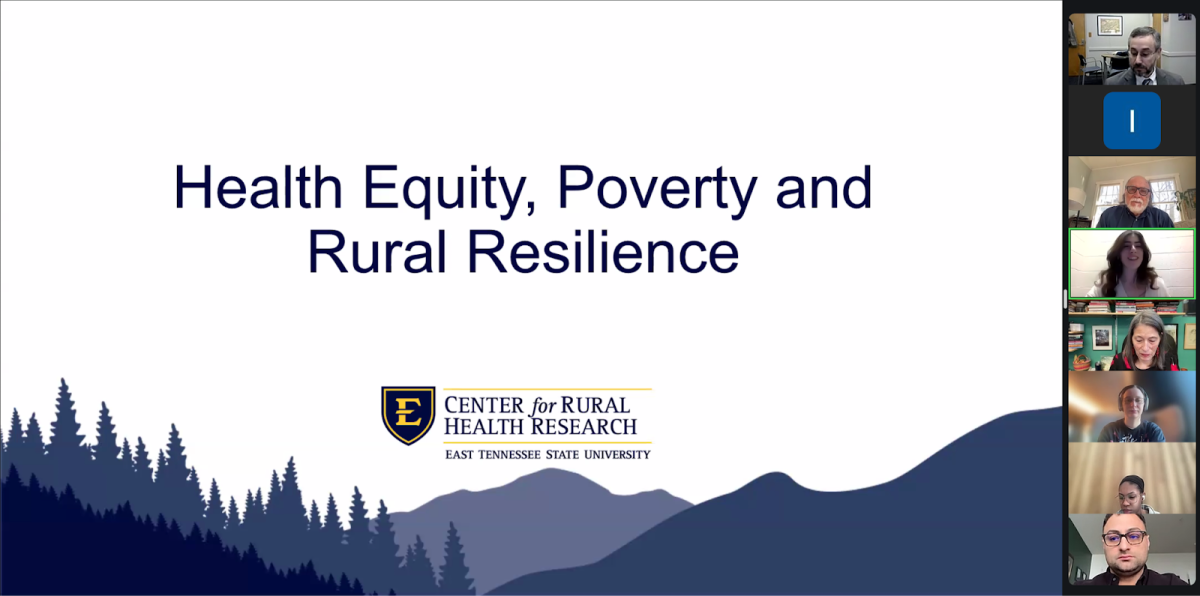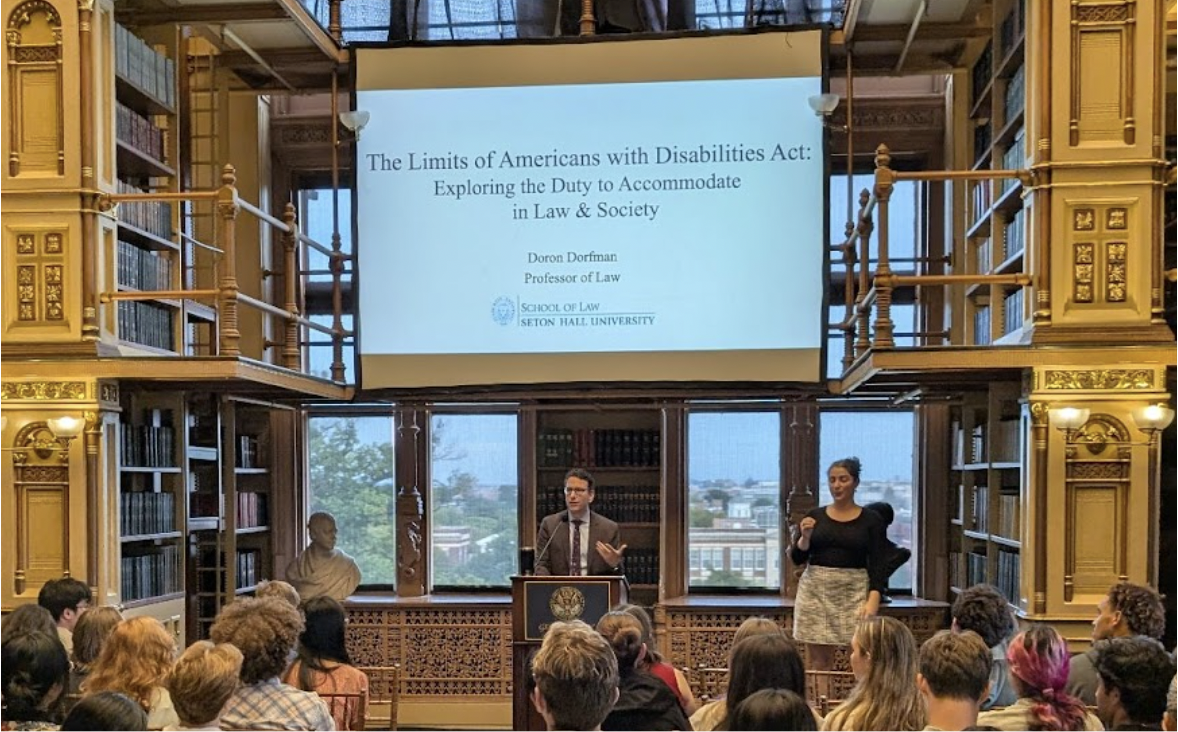Georgetown University’s Master of Science in Health and the Public Interest program hosted a public health researcher to examine healthcare access in rural communities Jan. 29.
Michael Meit, deputy director at the East Tennessee State University (ETSU)/National Opinion Research Center’s (NORC) Health Equity Research Center, a joint initiative by ETSU and the University of Chicago, presented his research investigating causes of health inequity in the Appalachian region. Meit urged for increased investment into the economies of rural communities.
Meit said rural communities fare worse than urban communities in terms of their health outcomes.
“What you see here is that for each of the five leading causes of death, rural populations do far worse in terms of mortality than we see in urban communities,” Meit said.
Rural populations experience significant health disparities. Predominant causes of death in these communities tied to economic struggles are known as “diseases of despair,” such as alcohol-related liver disease, drug overdose and death by suicide.
Meit said he dislikes using “diseases of despair” because it doesn’t capture health inequities specific to rural populations.
“If you consider gun violence mortality a disease of despair, you may end up in urban populations,” Meit said.
Meit said society should acknowledge its failure to invest in the economies of rural communities instead of blaming individuals.
“I think that we need to recenter the blame for what is happening in our communities back to all of us, back to society for neglecting these populations,” Meit said. “The reason that there is joblessness and hopelessness is that we did not invest in the economies of our rural communities.”
One of NORC’s projects is a Rural Health Mapping Tool, which provides information on COVID-19 vaccination rates, cases, hospitalizations and other health information in communities across the United States. The tool allows users to create a map of only rural counties, highlighting areas of need and resources.
Mikayla Hannah (GRD ’25), a student in the Health and the Public Interest program and an event attendee, said it is important to consider economic factors in the health outcomes of minority residents.
“Something that stood out to me was the relationship between poverty and prosperity,” Hannah wrote to The Hoya. “While I expected these two concepts to be on opposite ends of the spectrum, seeing them visually represented on the maps made the contrast feel much more real. It was eye-opening to see that the locations that had experienced persistent poverty were identical to the locations with the lowest prosperity index and high rates of minority residents.”
Additionally, Meit advocated for rural communities to leverage their unique strengths in addressing health struggles, emphasizing that drug overdose mortality in Eastern Kentucky declined after implementing initiatives such as recovery housing and second-chance employment, harm reduction, reduced stigma, community coalitions and primary prevention and education.
Martine Etienne-Mesubi, a clinical research assistant professor in infectious disease at Georgetown University Medical Center who also attended the event, said she saw similarities between Meit’s research and hers in global health.
“Similar to resource-poor countries, the people in Appalachia face disparities in healthcare infrastructure, preventative care and health literacy. These challenges often lead to higher rates of chronic diseases, lower life expectancy and an overall diminished quality of life,” Etienne-Mesubi wrote to The Hoya. “The approach we take globally — emphasizing local engagement, culturally tailored solutions, and community-based interventions — can be just as effective in addressing the health inequities in Appalachia.”
Meit said we should have increased empathy in public health given the current political environment.
“The political environment right now frustrates me a lot, but I understand what’s driving it because we have left a huge swath of our country behind. I think that if we’re going to solve these problems, we need to find ways to reinvest in our poorest communities, urban and rural, across the United States,” Meit said.
Hannah said Meit’s talk reminded her of the importance for policymakers to take action on health inequities nationally.
“Meit’s focus on poverty as a health disparity driver should be a wakeup call for policymakers to step up and address this plague, known as poverty,” Hannah wrote.





